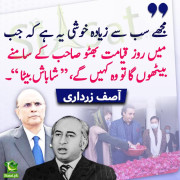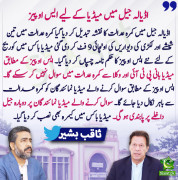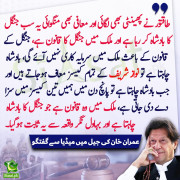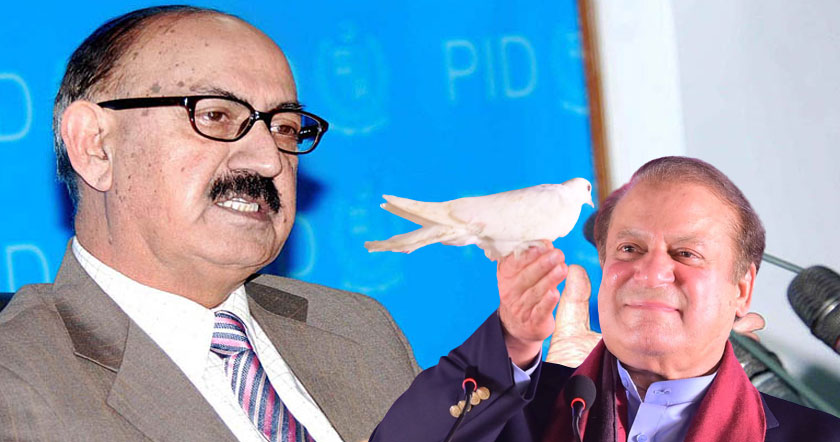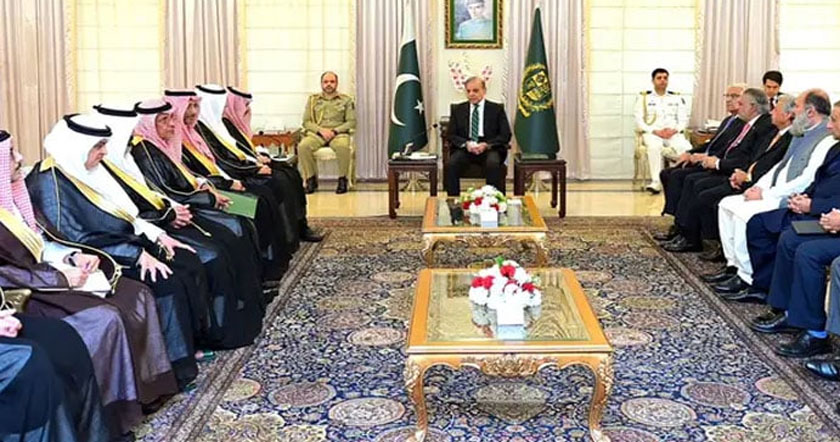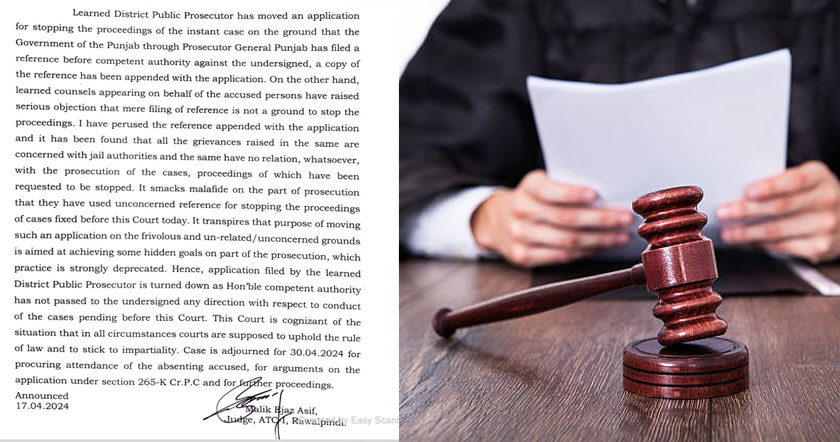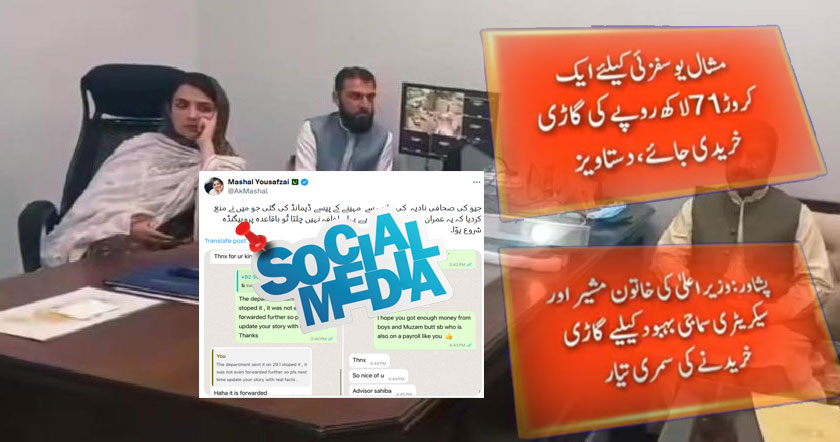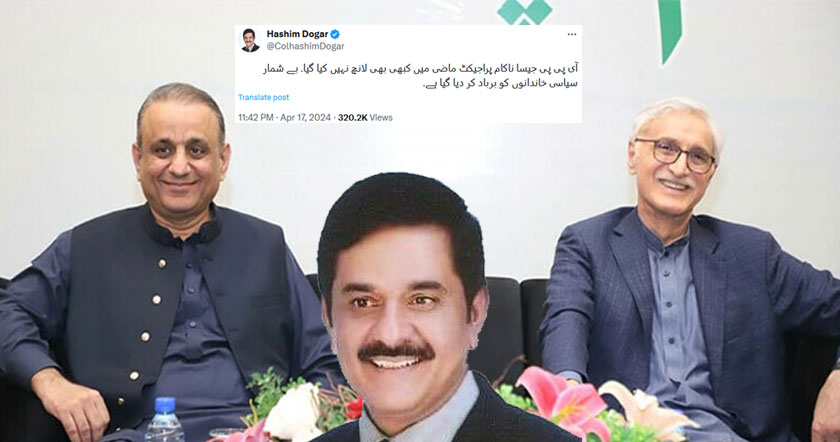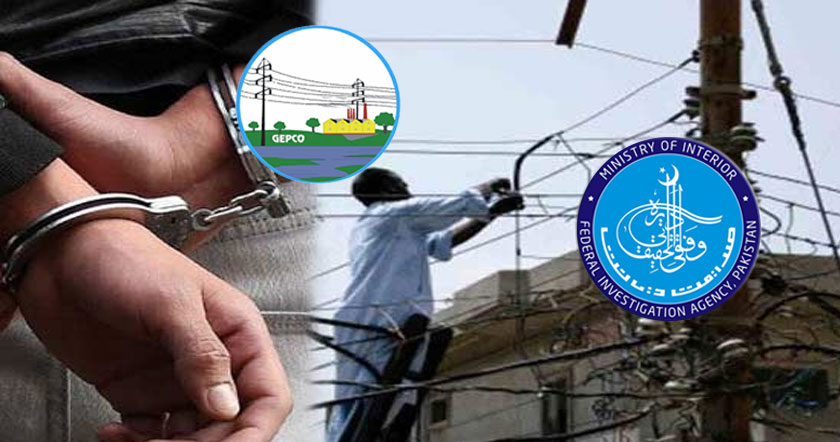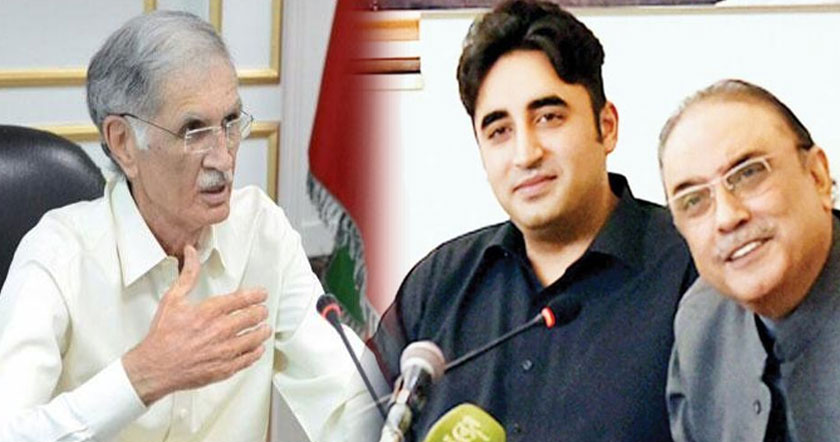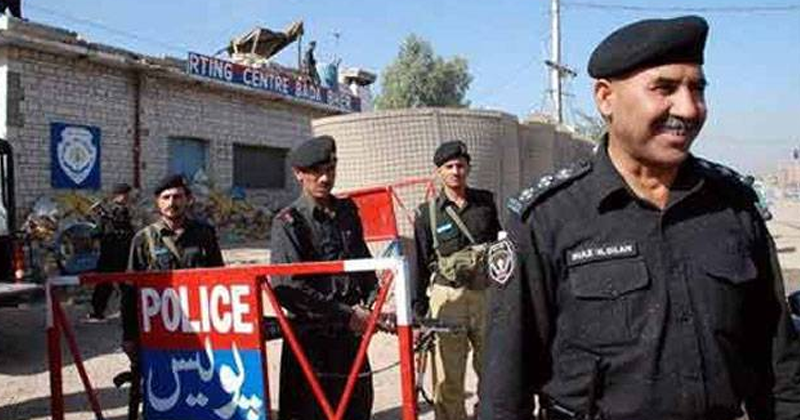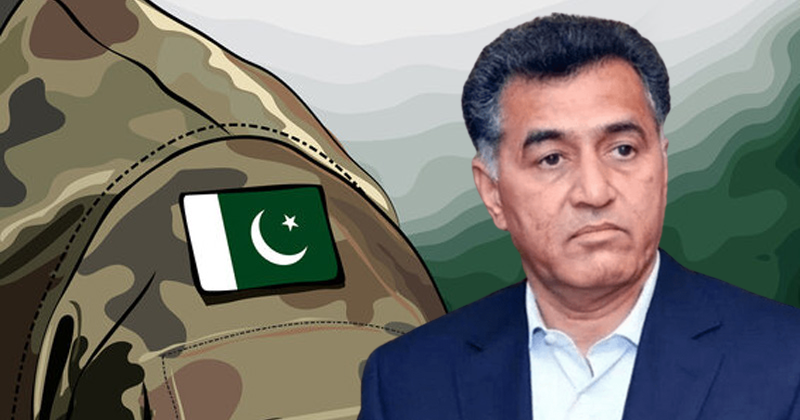MYANMAR: Muslims and Their History ---SAAG (South Asian Analysis Group)
By R. Upadhyay
Burma re-named as Myanmar in 1989 is a multi-ethnic country in Southeast Asia bordering Thailand, Laos, China, India, Bangladesh and Andaman Sea. Buddhism, which is professed by about 89% of country's various ethnic groups like Burmans, Karen, Shan, Rakhine and Mon - has more or less become a part of their national identity. Various reports suggest that due to certain historical, social, political and cultural problems the Muslim minority had felt alienated and occasional communal riots have occurred.
Historically, some reports suggest that there was a mass killing of Muslims in Arakan in 17th century, when Shah Shuja, the second son of Shajahan lost to his brother Aurangzeb and fled to this province by sea route. As Shuja failed to meet the demand of the then king of Burma asking for his daughter and the wealth he had carried with him, his companions were massacred.
The entry of Muslims in Burma was mainly from countries like Turkey, Persia, Arab, China and India. They were mostly travellers, traders, sailors, pioneers, adventurers, and war prisoners. Although, their arrival in this land began even prior to the first Burmese Empire founded by king Anawrahata in 1055 AD, their main influx was from the eighteenth century onwards through the Arakan region. The current Muslim population in Burma is therefore the descendents of Arab, Persian, Turks, Moors, Pathans, Indians, Pakistanis, Chinese, Malays and Bangladeshis. While the Muslim immigrants from China, who are meagre in number and mostly settled in Rangoon are termed as Panthay, those who entered in Arakan particularly from East Bengal are known as Rohingyas, who form a prominent group of Muslims in Burma.
Arakan extends nearly 550 km along the coastal areas of Bay of Bengal. In fact the region is a continuation of East Bengal and is intersected by a chain of hills. (Hindu Colonies in the Far East by R. C. Majumdar, 1944, page 202). It is a land of many ethnic groups with majority of Rakhines and therefore, this state is also known as Rakhine. Till 1784 an independent king, who ruled over this region - had exercised “fluctuating sovereignty” over extensive part of Muslim majority East-Bengal. This facilitated the immigration of Muslims to this region. The British annexed Burma in 1885 and made it a part of its Indian colony. This further increased the influx of Muslims and Hindus from India to Burma.
A widely believed theory suggests that Muslims from Bengal migrated to the coastal areas of Burma principally to Arakan are called Rohingyas, who form a prominent group of a Muslim minority in Burma. Wikipedia, the free encyclopedia also suggests that the Rohingyas are migrants from southern regions of Bangladesh.
During the British colonial rule the unabated migration of Indians particularly Muslims from Bengal to Burma as labour and for other miscellaneous professions including petty business increased the population of Indian immigrants, which constituted about 7% of Burma population by 1931. Yangon (Rangoon) with two-third of immigrant population including 53% Indians emerged as an immigrant city. Muslims, the main immigrants from Bengal province of British India became synonymous to Indians and therefore they were identified as the main alien group that could weaken the cultural tradition of the Buddhist- society of Burma.
Initially, the Muslims co-existed with local population peacefully. As discussed above inter-marriage of Muslims with different ethnic groups like Rakhine, Shan, Karen and Mon was never resisted by the free Buddhist society in that country. In fact inter-ethnic marriage had been a tradition of Burmese society but it was far less in case of marriage between the Muslim girls and the Burmese boys. But due to their strict social structure, the Muslims did not integrate in the mainstream of the egalitarian character of the indigenous ethnic groups of Burma. More and more intermarriage between the Muslims and the Burmese women after their conversion followed by substantial rise to their progeny known as 'Zerabadis', who also professed the faith of their parents led to a steady growth of Islamic population.
"According to 1931 census Buddhism was the professed religion of five-sixths of the total population of Burma". Population of other religious groups included Muslims 4%, Hindus 3.9% and Christians 2.3%. (Modern Burma by John Leroy Christian - University of California Press, 1942, page 194). According to Burma Human Rights Year Book (2002-3) the religion wise population of the country included Buddhists 89.3%, Christians 5.6%, Muslims 3.5%, Hindus 0.5% and Animists 0.2%. Contrary to the Government claim of Muslim population around 4%, the Muslim organisations maintain that their number is around 10%.
The above figures of religion wise population suggests that there was a decline in Buddhist population whereas the Muslim population was on the rise. The new generation of indigenous groups in Burma viewed this declining trend as danger to their cultural tradition and national identity and they also apprehended that it would weaken the Buddhist society. The larger majority of the Hindu immigrants returned to their native land India particularly after Burma got independence from British colonial rule but the communal divide between the Buddhists and the Muslims, who did not return to the place of their origin continued and even prevails today.
The Burmese people always viewed the role of their fellow Muslims during independence movement suspicious as the latter were found more under the influence of the political movement in Bengal led by All India Muslim League than the national movement in Burma. The growing influence of All India Muslim League also ignited the separatist imagination of the Burmese Muslims. One Imanullah Khan even made an attempt to form a branch of the Muslim League in Burma. Burmese Muslims, who were ignorant of the concept of separate Muslim nationalism, also developed communal consciousness under the inspiration of 1930 Muslim League Conference at Allahabad under the presidentship of Mohammad Iqbal. Accordingly, in their annual Muslim conference, which was hitherto confined to purely religious discourse they turned towards forming Muslim organisations. They also started opening of separate schools for Muslims and imparted Islamic education in Urdu language. One Ali Ahmad also formed a Gaddar Party patterned after the one in India. These developments further widened the gap of mistrust between the Burmese Buddhists and the Muslims.
In 1937 the British administration separated Burma from India and ruled over it separately as an independent country. Just before Second World War General Aung San (Father of Aung Sang Su Kyi, the leader of National League for Democracy, who is presently under detention) and U Nu formed Anti-Fascist People's Freedom League (AFPFL) and launched the movement for freedom of Burma from colonial rule of the British. The Muslims of Burma in stead of enrolling themselves as members of AFPFL formed a separate organisation called Burma Muslim Congress (BMC). They however joined the movement as a constituent of the AFPFL but maintained their independent identity. Although AFPFL leaders did not make it an issue for tactical reasons, they remained suspicious about the Muslims. General Aung Sang San, while addressing a conference in 1946 "bluntly asserted that reliance on alien support could only make Burma a prostitute nation". (Burma and Pakistan: A Comparative Study of Development by Mya Maung, 1971, page 77).
In 1938 a Muslim clergy had passed some derogatory remarks against the Buddhists which ignited communal riots. Police had to open fire in which two Buddhist monks died. The local media highlighted the news, which spread all over the country causing burning of Muslim houses, shops, properties and mosques. In fact the religio-political divide between Hindus and the Muslims in India also had its impact in Burma.
On April 4, 1948 Burma got independence from British colonial rule and formed a democratic government with U Nu as Prime Minister. The new government, while counting the Muslims settled in Arakan as Indians (The Role of Indian Minorities in Burma and Malaya by Mahajani, 1966) asked the BMC leaders to resign from the AFPFL. BMC leaders however assured the new government that they would discontinue the religio-political activities of the organisation and subsequently got two berths in U Nu’s cabinet. But in 1956 U Nu removed the BMC from the League and in 1958 declared Buddhism as state religion, which antagonized the Muslims and the Christians. (Burma and Indonesia by Kalyan Bandyopadhyay, South Asian Publishers, New Delhi, 1983, page 34).
The Ne Win regime with a view to divert the peoples attention from the main issues of the country initiated action against Rohingyas, who were fighting for a separate statehood ever since the independence of Burma. They had even made an unsuccessful attempt for making Arakan a separate independent country. This created an adverse impact in the minds of Burmese Buddhists against them. Although, the U Nu Government remained indifferent towards them, the military regime headed by General Ne win took them seriously for their alleged Islamist activities. The new regime declared Rohingyas as illegal immigrants on the plea that they had settled in Burma during British rule. They however, recognized the Kachins, who are mostly Christians as indigenous ethnic group of the country. It also formed its own party namely Burma Socialist Programme Party (BSPP).
In 1974 the military regime framed a new constitution and named the country as Socialist Republic of the Union of Burma. Its main focus was on Burmese culture, language, tradition and religion. Accordingly it completely removed the nationality of Rohingyas, declared them as foreigners, denied their citizenship rights, removed them from various government jobs and also confiscated their properties. They also put travel restrictions on them by introducing special identity papers for their movement. In 1978 the army launched repressive measures against them for their alleged Islamist activities and links with terrorist organizations. This forced a large number of Rohingyas to flee to Bangladesh, where they were settled in various refugee camps in Cox Bazar area. The Islamist organizations in Bangladesh took advantage of the situation and sent a sizeable number of them to Afghanistan to fight against the Russian army. After the withdrawal of Russian Army from Afghanistan in 1989 most of the war trained Rohingyas retuned to Bangladesh and also re-entered Burma to fight against the Burmese army.
After the end of Afghan war the Ne Win government intent on removing all anti-Burmese elements again targeted the Muslims settled in its western region bordering Bangladesh. The repressive measures against them was for their alleged link with international Islamist terrorist organisation like Al Qaeda and Taliban. Therefore, in 1991-92 again a large number of Rohingyas fled from Burma to Bangladesh.
Conclusion
Even though there is no written law or regulation mandating customary discriminatory practices against the Muslims, the latter have suffered from ethnic and religious discrimination in Burma for long. The rigid socio-religious character of the community which generated anti-Muslim feelings among the Buddhist majority was the main reason behind the developments. The pro-democracy movement in Burma since August 19, 2007 had accepted the Rohingyas as indigenous population. Even some of the National League for Democracy leaders in their talk to the author blamed the military regime for diverting the attention of the people from the real issue by masterminding communal tensions in the country. But they evaded the question as to why the democratic government led by U Nu declared Buddhism as state religion and dropped Muslim members from his cabinet. Even Aung San, the main leader of freedom movement and National Martyr had assertively expressed his reservation against the Muslims.
(The author can be reached at e-mail
[email protected])
http://www.southasiaanalysis.org/\papers25\paper2461.html


